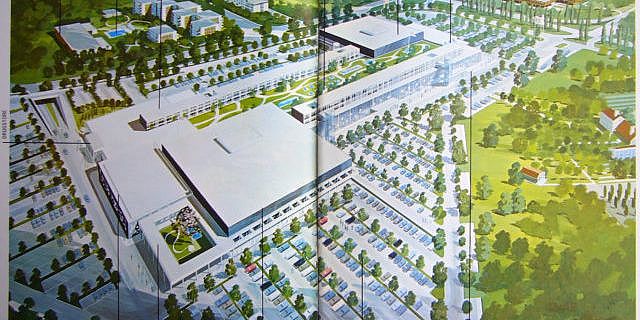Shopping à l'américaine

Kenny Cupers
in: Janina Gosseye and Tom Avermaete, eds. Shopping Towns Europe: Commercial Collectivity and the Architecture of the Shopping Centre 1945-1975 (London: Bloomsbury), 2017
Often cast as exemplary of the Americanization of postwar Europe, suburban shopping was not solely an American import. It is to be understood as a result of transculturation, shaped by specific routes of circulation, translation, and appropriation across the Atlantic and within Europe. Two distinct and competing types emerged from this process in France: the hypermarket, a discount superstore combining foods and nonfood items, and the more upscale ‘regional commercial centre,’ adapted from the American dumbbell mall. Both became a key challenge as and a source of inspiration for the planners of France’s New Town program, launched by Charles de Gaulle in 1965. Focusing on Évry, this chapter explores how the development of suburban shopping shaped the design of France’s New Towns in the late 1960s and 1970s, and how designers imagined new forms for shopping, in the process of which they forged new relationships between private commercial development and centralized state planning.
Image: Parly 2, late 1960s © Archives nationales, Paris
Quick Links
